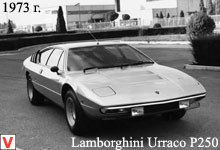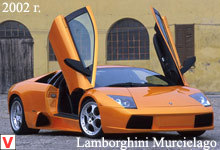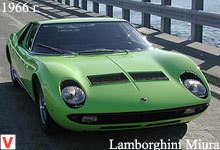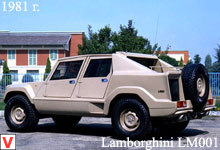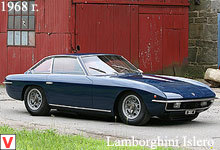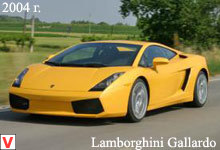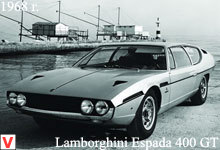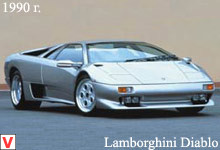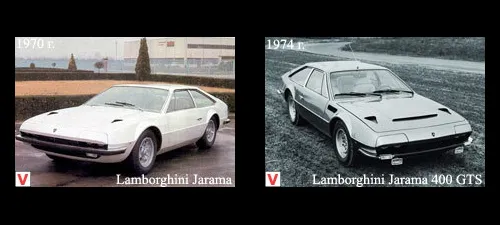
Lamborghini Jarama is a car manufactured by Lamborghini from 1970 to 1976. He replaced the model Islero, which by then was already morally obsolete. The car was named after the Spanish racing circuit and the famous center for the breeding of fighting bulls. At the heart of the model is a 10.7-inch shortened chassis from the Espada.
The body was created by a group of designers of the company Bertone led by Marcello Gandini. The Jarama (400 GT) turned out to be rather low, wide, with wheel arches protruding on the sides and four headlights partially hidden by metal covers. These covers were not extended as usual, but, on the contrary, moved down by the electric drive. Deliveries of bodies involved the company Marazzi. The first samples were criticized for poor finish and poor quality. In addition to this, poor ergonomics - poorly located instruments and controls, a very large force on the steering wheel when driving at low speeds and parking.
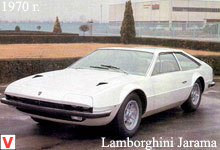
Since steel was mainly used to make the bodywork, Jarama was surprisingly heavy. In general, the Jarama (400 GT) emphasis was placed on the power qualities, rather than on design delights. This solid car was equipped with a 4-liter V12 engine with 350 hp. and was distinguished by outstanding speed characteristics. Acceleration from a standstill to 96 km / h in 6.8, and up to 161 km / h in 16.4 s. By the way, the maximum speed is 261 km / h. Fuel consumption is impressive - 25.6 l / 100 km.
215/70 Michelin tires provided Jarama wheels with excellent grip. The model was not very popular. In the first two years, only 177 cars were assembled. In 1972, the world saw a more powerful Lamborghini Jarama S (400GTS) with power steering and a number of external changes. The air intakes were now placed behind the front wheels. Miura wheels were replaced with ordinary wheels with five bolts that were used on the Espada II models. Minor changes were made to the structure of the bumpers and windshield wipers: now two side-wipers are used.
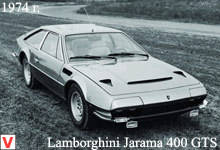
Other configuration steel taillights. Visibly improved interior. First of all, it became more spacious. The backs of the front seats have become thinner, resulting in increased legroom for rear passengers. Wooden inserts gave way to aluminum. The dashboard is completely redesigned. Thoroughly worked on ergonomics.
Upgraded engine and new exhaust system increased the power of the power unit to 365 hp The maximum speed of the Lamborghini Jarama S was 360 km / h. Since 1974, at the request of the client, the car could be equipped with an automatic transmission (although unpopular then “automatic machines” only ten customers wanted to install). They also released a very limited version of the Jarama Targa with two removable panels above the front seats.
Despite all the improvements, the number of sales has not increased. It was possible to realize only 150 Jarama GTS 400.
